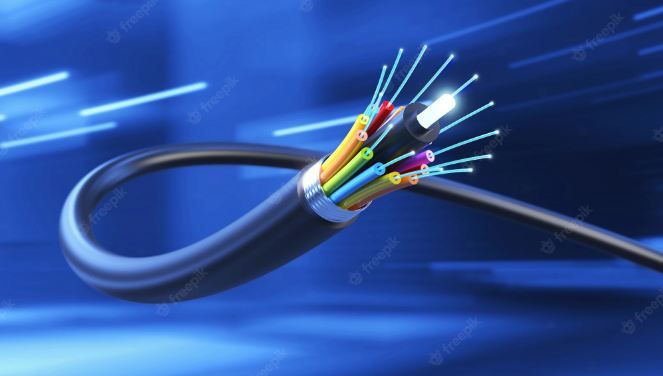What the Rest of Africa can Learn from South Africa’s Cloud Advancement: Fibre and Connectivity

Advocating for cloud advancement means setting up regulatory and infrastructural framework necessary for cloud services. The high-capacity needs brought on by the arrival of broadband technology have helped to accelerate this development, which was initially fueled by the extremely quick growth of mobile telephony. Data transfers on various networks as a result of ever-expanding cloud advancement and capabilities, can only be controlled digitally via the internet.
Within the Africa region, ICT development has been highly talked about. With cellular mobile penetration in Africa standing at about 52%, only 22% of the population having Internet access. However, the penetration rates for fixed and mobile broadband − barely surpassing 0.2 and 3.79 per cent, respectively − highlight the need for continued effort.
Even in more developed African markets, subpar fixed-line services are still prevalent over much of the continent. While mobile networks account for the majority of Africa’s internet penetration, very small funding is designated for terrestrial cabling. As a result, the network of telecom cables that offers connectivity on a regional and global scale is still at the growth stage.
Since cloud computing depends on broadband internet connectivity, it is included in the larger ICT ecosystem. The expansion of the broadband infrastructure in Africa is uneven. The landing of numerous international submarine cables has resulted in major increases in bandwidth capacity and cost reductions, but most of Africa’s terrestrial fiber backbone infrastructure is still insufficient.
However, South Africa makes use of a variety of undersea cable systems, which has led to a sharp drop in costs and an expansion of global bandwidth capacity. The privately held, open access SEACOM cable was the first competing cable to land, in 2009. The 17,000 km long SEACOM was upgraded from its original 1.2 Tbps capability to 4.2 Tbps (Gadget, 2013). The SEACOM cable connects South Africa, Mozambique, Madagascar, Tanzania, and Kenya with India and Europe and is the sole cable that services the eastern seaboard of the continent.
The 10,000 km long, 4.72 Tbps-capable Eastern Africa Submarine Cable System (EASSy), which arrived in South Africa in 2010, (EASSy, 2013). The West Africa Cable System (WACS) was live in late 2011, and the MainOne cable arrived in 2010. WACS is 17,200 kilometers long and has a 500 Gbps baseline capacity that can be increased to a massive 5.12 Tbps (WACS, 2013).
The most recent Google Equiano cable, a 15,000-kilometer (9,320-mile) cable that started in Portugal and eventually ended in South Africa with branches in Nigeria, Togo, the islands of St Helena, and Namibia, is intended to provide high-speed internet throughout the west coast of Africa. With a staggering 144 terabits per second of capacity, it has 20 times the bandwidth of the previous cable in the area and may boost internet speeds in some nations by more than five times. Equiano cable will contribute to faster internet speeds, lower internet costs, and better user experiences in South Africa.
More urban residents are using fiber, and the service is no longer only available to or seen as a platform for NGOs, government agencies, and corporations that can afford it. To deliver cloud services for the corporate and public sector, there is a need to for other African governments to also build up the national terrestrial backbone infrastructure.
